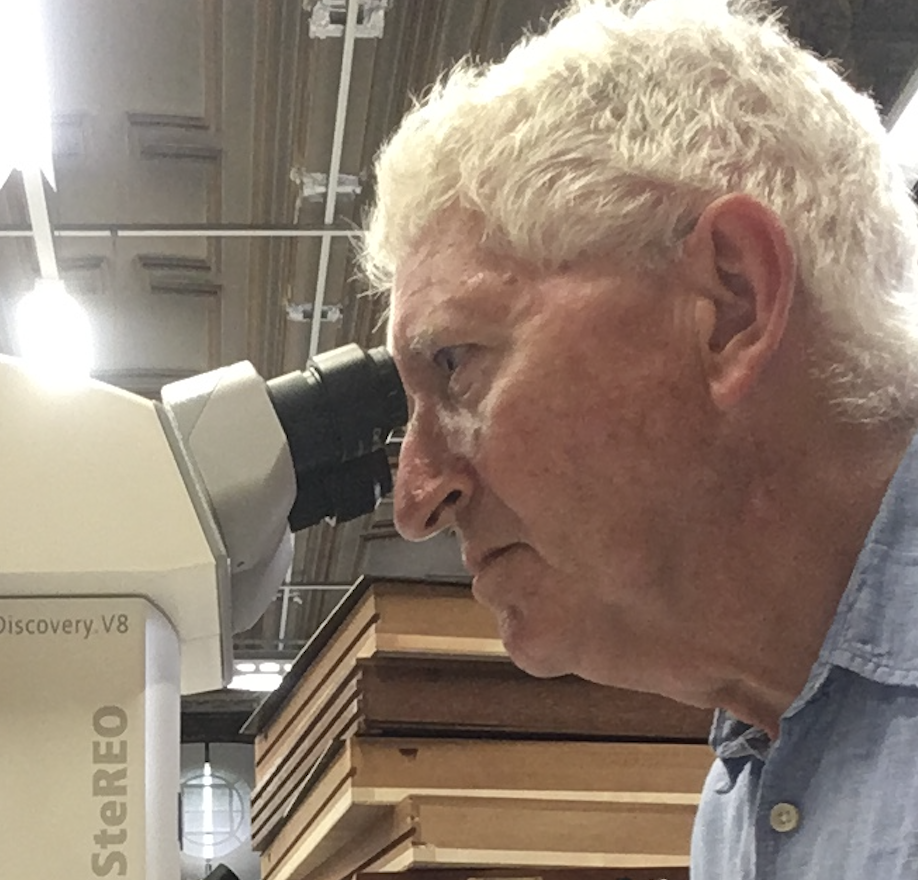Like those of other arthropods, the mouth parts of spiders derive from primitive, ancestral limb-like structures. Where legs and pedipalps (feelers analogous to insect antennae) still have several jointed segments, spider chelicerae are reduced to two portions, the basal block and the jack-knife fangs.
All spiders (except those in the obscure family Uloboridae) inject venom through the hollow fangs to kill their prey, which includes enzymes that start to liquidise the food. The resulting pre-digested gloop is sucked up through the mouth orifice, between the chelicerae. Though some grinding occurs here, teeth don’t really come into it.
In insects, however, the jaws are each reduced to a single triangular (or tetrahedral) segment; they hinge at the outer rear corners and meet each other like the blades of scissors. The tips and inner edges of the jaws are often armed with teeth for slicing, cutting or grinding.
Main image © Getty Images

